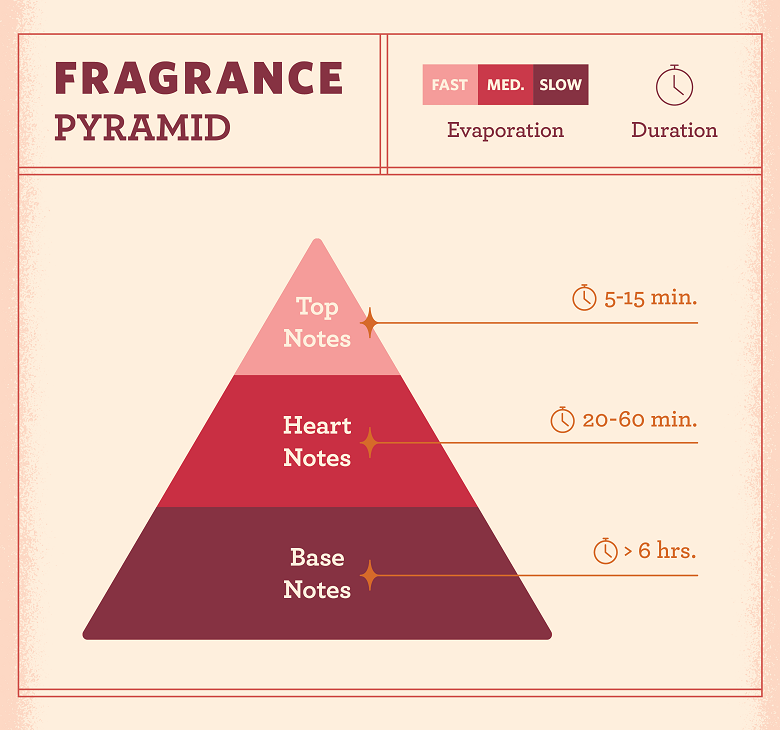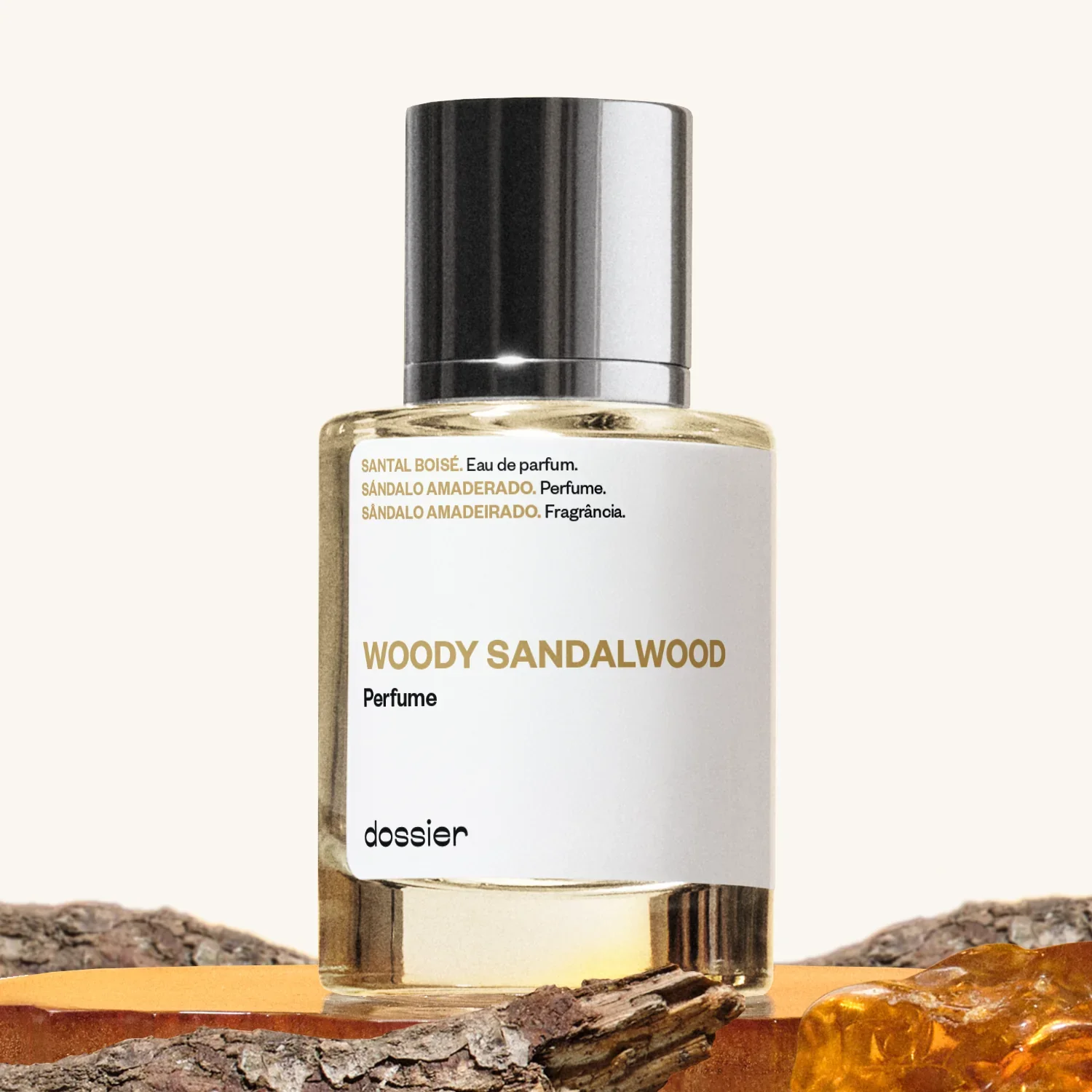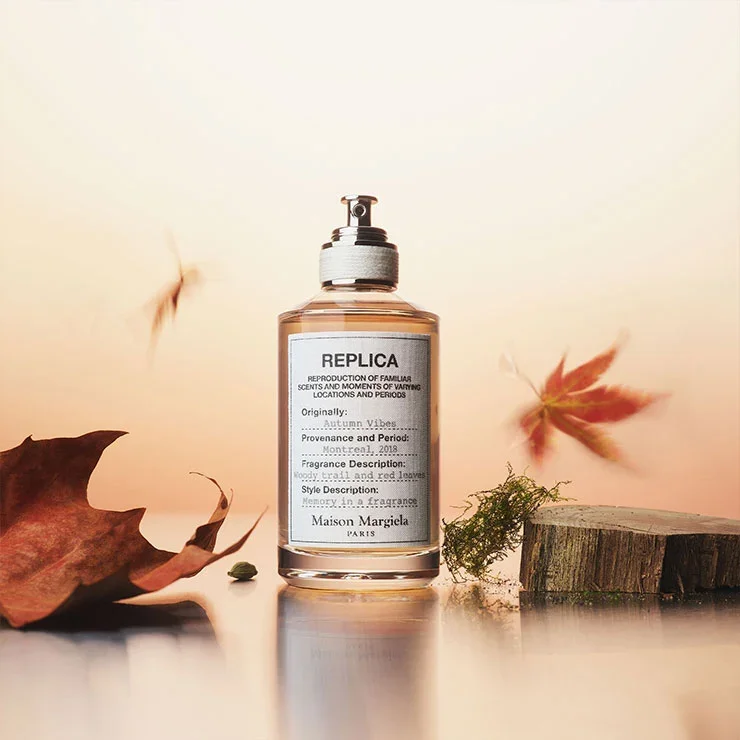Welcoming Fall with Fragrances
As the tans begin to fade and the sweaters come out, you know it’s officially acceptable to start romanticizing fall. The crisp October air becomes comforting, the pumpkin spice makes you feel homey, and most importantly, the leaves now have that extra crunch. It's easy to envision the perfect fall with these warming images in your mind. What’s the only thing that could make it better? Taking this vision and encapsulating it into a scent, something your physical sensory receptors can enjoy too.
The wonderful thing about our cosmetic world is its cornucopia of fragrances and scents. The endless combinations within the varieties themselves are perfect for personalization and experimentation. So how might you find your own fragrance that serves as the personification of your very own romanticized fall?
Start simple; what are your favorite smells of fall? Maybe it’s the apple pie you baked with your friends last week or maybe it’s the tea from your local cafe. Maybe you like to live your life with a little bit of spice in it, and every time you cook, you take an extra moment to appreciate the aroma of cinnamon sticks or crushed nutmeg. Or maybe instead, you dig deep and find that the earthiness of the pumpkin patch calls to you.
The luscious cornucopia of fragrances is best categorized by notes. Yes you have your apple pie contributing to the fruity notes and there’s always a floral note somewhere to be found, but it goes far beyond that. In fact, your cinnamon sticks and crushed nutmeg do well in making up the notes of spice. That surprisingly mesmerizing scent from the pumpkin patch is actually your senses telling you your enjoyment of woody notes.
The six major notes are floral, fruity, fresh, spice, musk and wood. Flowers and nature are the basis for floral notes and fruit based items serve the same for fruity notes. Meanwhile, fresh notes are typically light and citrusy, while wood notes capture the earthiness essence. Similarly, musky notes are built from the richness they add, in contrast to the warmth and potency that describe spice notes. Some of my go-to fall things that embody these notes include: potpourri, sandalwood soaps (wood notes), cashmere sweaters, fireplace embers (musk notes), cloves, cardamom (spice notes), morning dew, post-rainy air (fresh notes), orange peels, fig tarts (fruity notes) and dried flowers, marigolds (floral notes).
Courtesy of FragrenceX
Every fragrance has three basic ingredients: the top note, the heart note and the base note. Together, they form a layered euphoria that unfolds from the moment a scent meets your skin. The top note is the first impression; a quick and uplifting burst that greets you the moment you spray. It’s light, fleeting, and meant to draw you in. Think of the fresh, floral, and fruity scents that define this stage, the zest of the orange and the brightness of the apple. As those begin to fade, the heart note takes over showing the true character of the fragrance. This is where spice and deeper florals come to life, blending warmth and personality into the fragrance’s core. Finally, as the scent settles, you’re left with the base note, the lasting essence that lingers on your skin long after the initial spray. These are those woody and musky tones: rich, grounding, and comforting, like the fading glow of a fall evening. The way these notes intertwine is what makes a fragrance feel complete. Without that delicate balance, a fragrance would lose its magic, its ability to tell a story uniquely your own.
When it comes to pairing notes, the beauty lies in contrast and harmony. A bright fresh or fruity top note brings energy and lightness, making it the perfect introduction to the deeper layers beneath. These often melt seamlessly into spice or floral heart notes, where warmth and character begin to bloom. The magic truly happens when those vibrant layers finally settle into a woody or musky base, grounding the scent with depth and longevity. It’s these pieces of the puzzle finding themselves, the crisp meeting cozy, airy meeting earthy, that transforms a simple fragrance into an experience. Just like the shifting moods of fall itself, the right combination of notes captures both liveliness and comfort, creating a scent that feels familiar to your picture yet entirely your own.
The beauty of fall fragrance is that there’s much to offer. Some of the most memorable scents are found in the aisles of your local store or take the shelf in small indie shops during this season. If you’re looking for that woodsy depth, Dossier’s Woody Sandalwood captures the creamy warmth of sandalwood and the calm steadiness of a walk through autumn woods. If you’re drawn to the spice and sweetness of the season, Carmilla’s Pomegranate-Orange Spice Musk blends juicy fruit with cinnamon and clove, evoking the scent of cider simmering on a stovetop. For a softer, muskier comfort, InStyle’s Smoldering Sandalwood wraps you in the scent of cashmere and faint fireplace embers, perfect for sweater weather evenings. Those who crave the nostalgia of fresh morning air after rain might find solace in Replica’s Autumn Vibes by Maison Margiela, earthy, crisp and reminiscent of leaves crunching underfoot. Meanwhile, Villanelle Amber Clove Sandalwood offers a handmade warmth that pairs amber and spice with a subtle floral finish, like potpourri left on a stove.
Each of these fragrances captures a different corner of fall: the fruit on the table, the logs in the fire, the morning dew, the lingering musk of worn sweaters. In the end, the perfect fall fragrance isn’t just something to envision, it’s something to feel. It lingers like the warmth of a favorite sweater or the comfort of a candle flickering on a chilly night. When the air cools and the days grow softer, your scent becomes your story, an invisible reminder of everything you love about this time of year. So go ahead, breathe it in and let your fragrance be the finishing touch to your very own romanticized fall.
Featured Image Courtesy of The Tennessean



